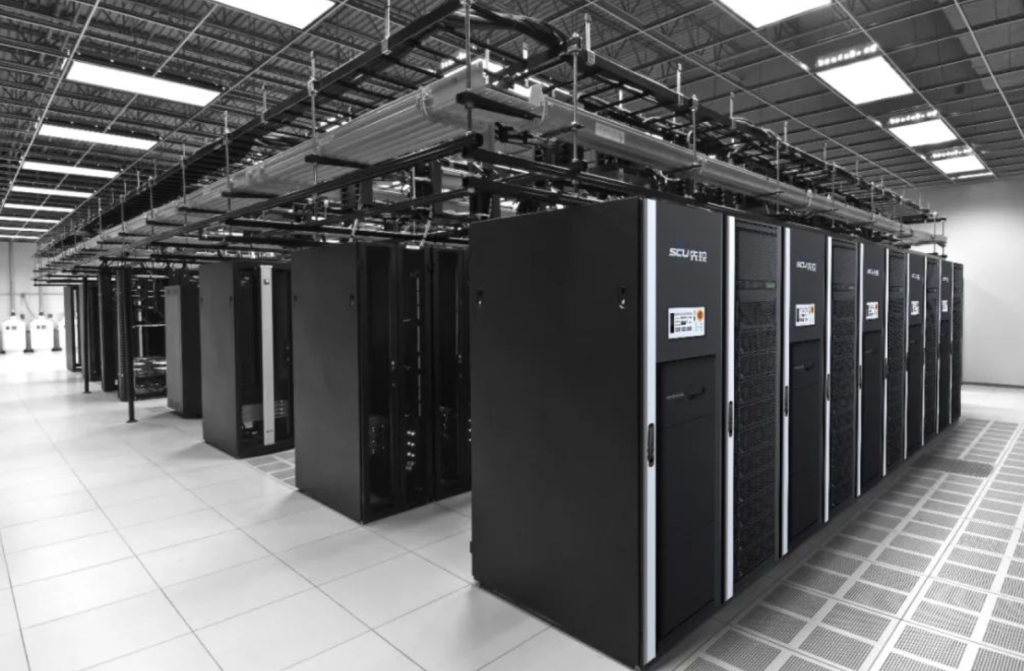Container energy storage has emerged as a game-changing technology in the energy industry, revolutionizing the way we generate, store, and utilize electricity. These innovative systems offer a host of advantages that have made them a preferred choice for renewable energy integration, grid stabilization, and energy management. In this blog, we will explore the numerous advantages of container energy storage and how it is empowering the energy revolution.
Scalability and Flexibility: One of the key advantages of container energy storage is its scalability and flexibility. These systems can be easily expanded by adding or removing container units, allowing for seamless adjustment of energy storage capacity based on evolving needs. This scalability empowers utilities, businesses, and communities to optimize their energy management strategies, accommodating changing energy demands and enabling future growth.
Rapid Deployment and Mobility: Container energy storage offers the advantage of rapid deployment and mobility. The pre-fabricated containerized units can be quickly installed at various locations, including remote areas or disaster-stricken regions, providing immediate access to reliable electricity. Additionally, the mobility of containerized systems allows energy storage solutions to be easily transported and deployed where they are needed most, offering flexibility in temporary installations or as backup power solutions.
Efficient Energy Management: Efficient energy management is another key advantage of container energy storage. These systems enable the capture and storage of excess energy during periods of low demand and release it during peak demand, thereby optimizing energy usage and reducing strain on the grid. By balancing energy supply and demand, containerized energy storage plays a crucial role in grid stabilization, ensuring a reliable and resilient energy supply.

Integration with Renewable Energy Sources: Container energy storage seamlessly integrates with renewable energy sources, such as solar and wind power. The intermittent nature of renewables can pose challenges for grid stability. However, containerized energy storage acts as a buffer, capturing excess energy during high generation periods and releasing it when renewable sources are not actively producing power. This integration promotes a higher penetration of renewable energy into the grid, enabling a cleaner and more sustainable energy mix.
Ancillary Services and Grid Support: Container energy storage systems provide ancillary services that contribute to grid support and stability. These systems can rapidly respond to fluctuations in grid frequency and voltage, helping to regulate the grid and ensure its stability. Containerized energy storage also facilitates peak shaving, reducing peak load demand and minimizing the need for costly infrastructure upgrades. By providing grid support services, these systems enhance the efficiency and reliability of the entire energy ecosystem.
Cost-Effectiveness: Container energy storage offers cost-effectiveness compared to traditional energy storage solutions. The modular design and ease of deployment contribute to lower installation and operational costs. Additionally, advances in battery technology and economies of scale are driving down the overall cost of containerized systems, making them more accessible and attractive for a wide range of applications.
The advantages of container energy storage make it a transformative technology in the energy industry. From scalability and flexibility to efficient energy management, integration with renewables, and grid support services, containerized systems empower the energy revolution. By harnessing these advantages, we can accelerate the transition to a cleaner, more sustainable, and resilient energy future. Embrace the potential of container energy storage and be part of the movement towards a greener and brighter tomorrow.
